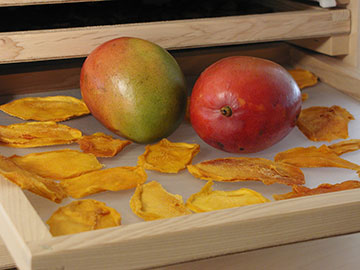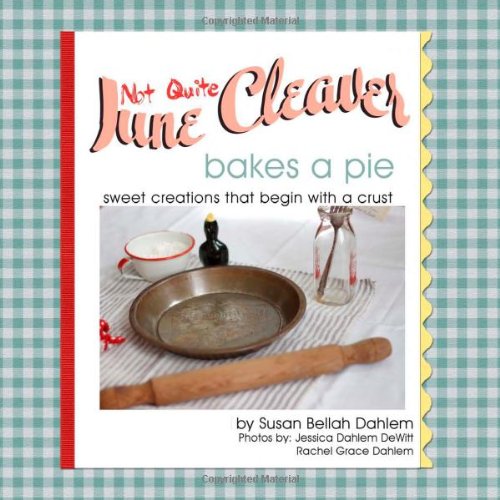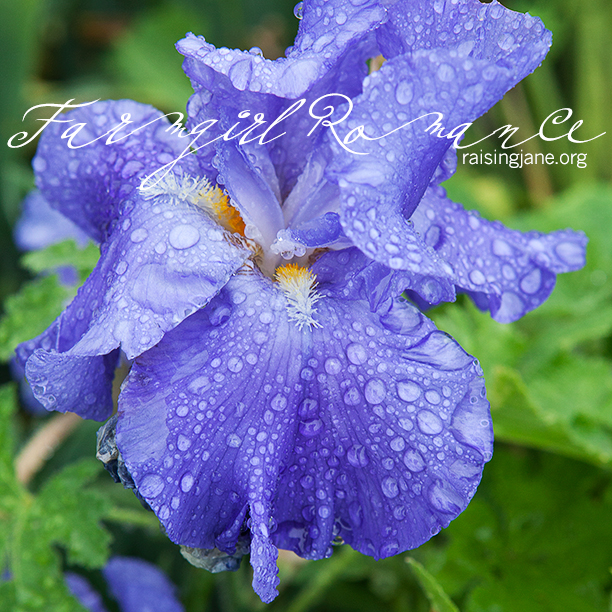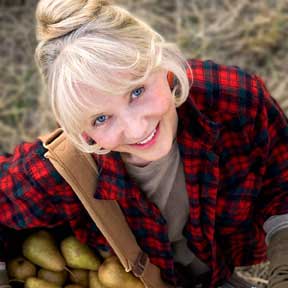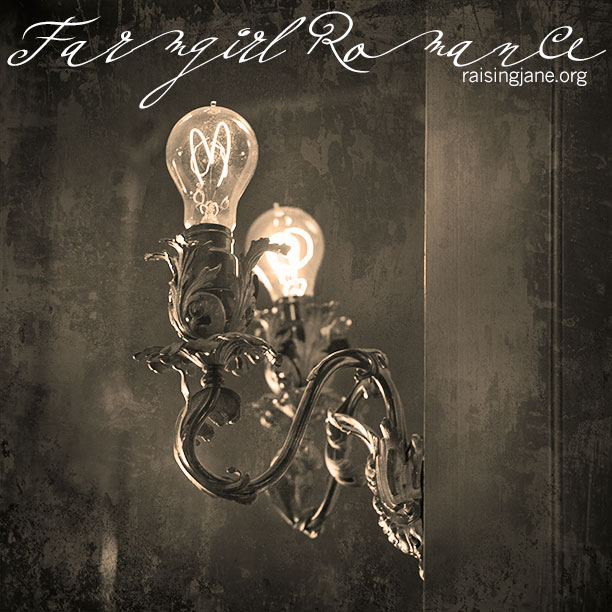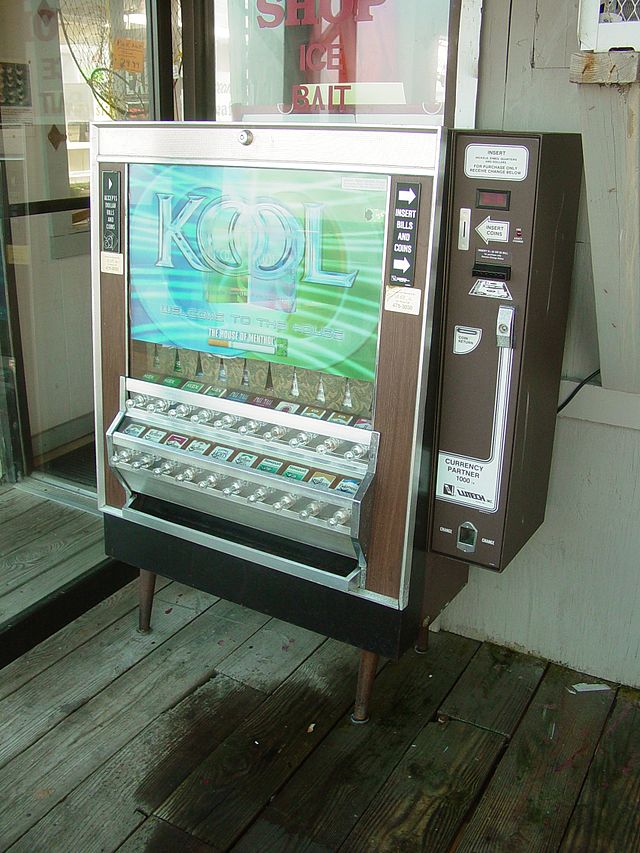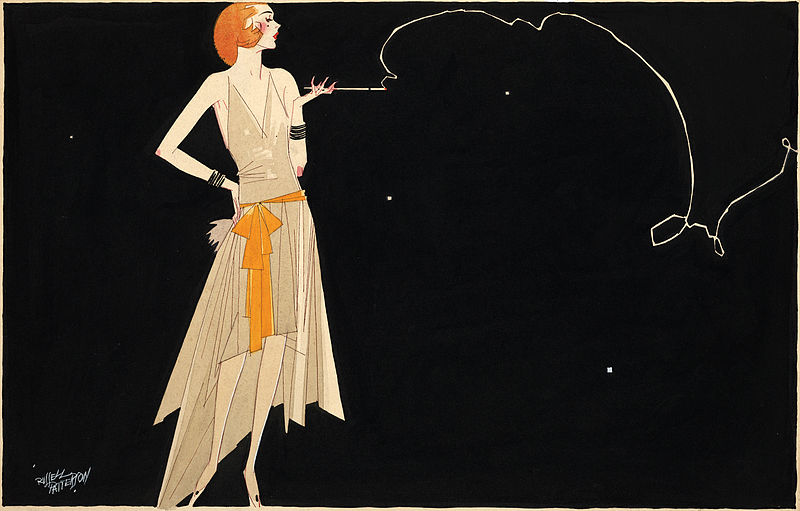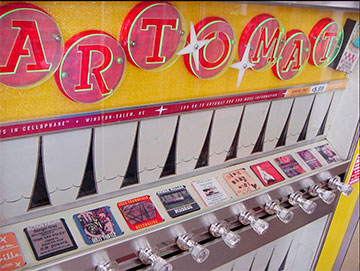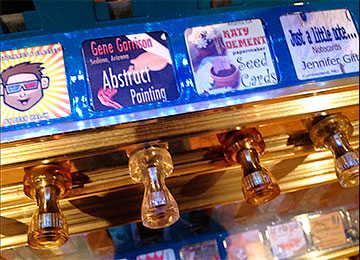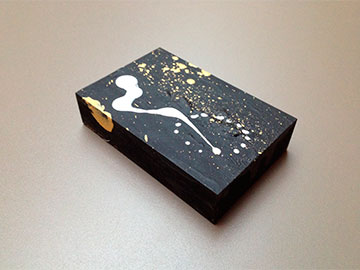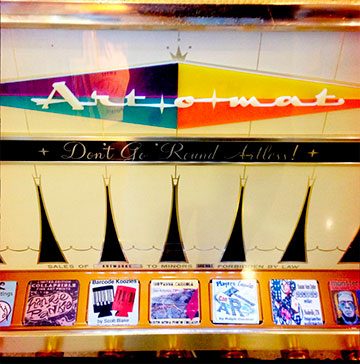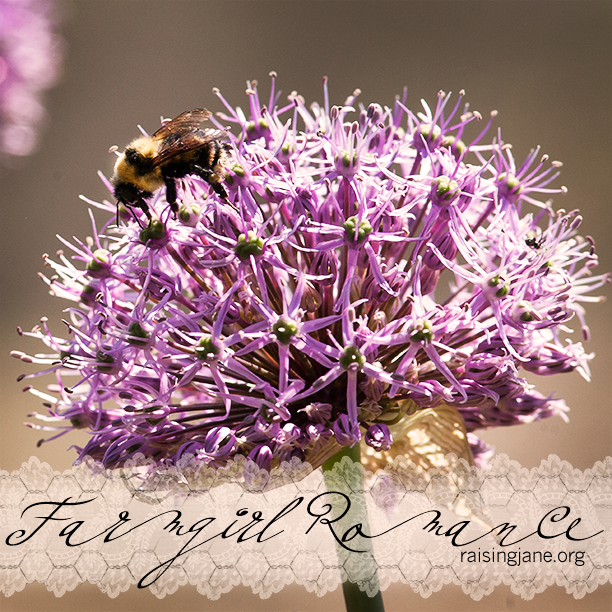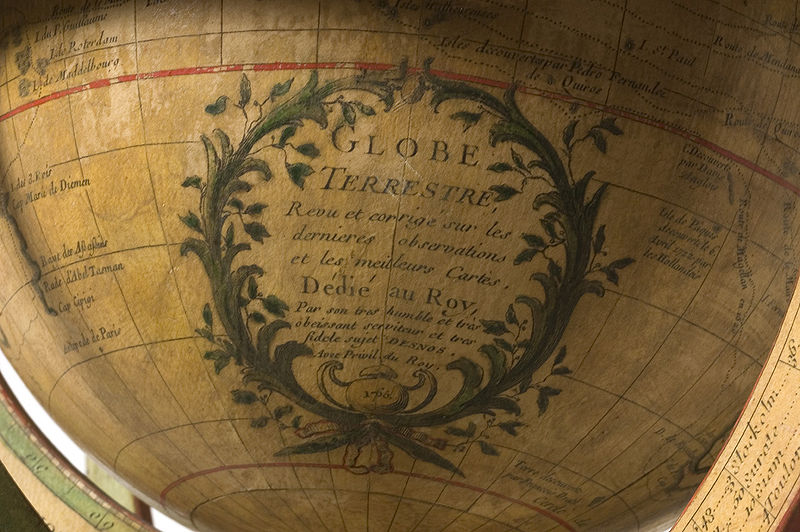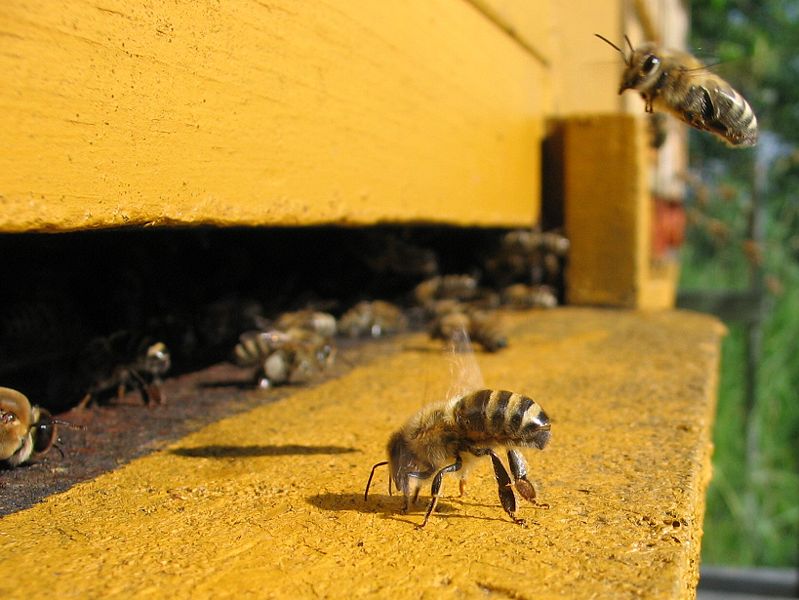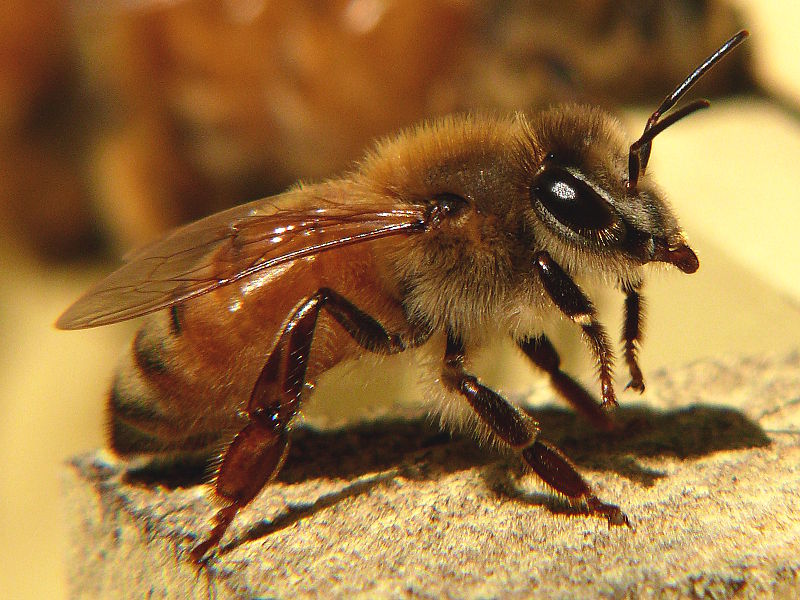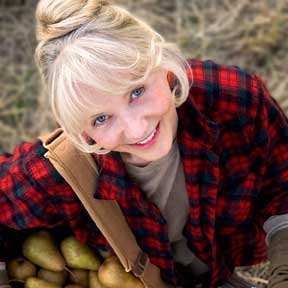The adorable, always humorous MBA Jane is my way of honoring our Sisterhood Merit Badge program, now with 5,892 dues-paying members who have earned an amazing number of merit badges so far—8,416 total! Take it away, MBA Jane!!! MJ
Wondering who I am? I’m Merit Badge Awardee Jane (MBA Jane for short). In my former life …
For this week’s Farm Kitchen/Self-Sufficiency Expert Level Merit Badge, I rummaged in the back of one of my least used kitchen cupboards. I was looking for something very specific … something underutilized … something I bought at a yard sale and then promptly forgot about …
It was right next to the yogurt maker, behind the wok, and next to the As Seen On TV! pasta machine. I saw it as soon as I set aside the vacuum sealer, the tortilla warmer, the Winnie the Pooh-shaped cake pan, and the Mr. Coffee maker with the missing pot. I resolved to stop appliance hoarding immediately. Then I reached for it:
My food dehydrator.
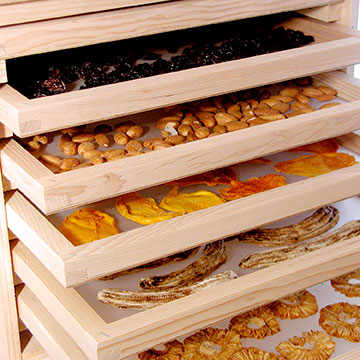
I blew off the dust *embarrassed blush* and repented of my past sins of never having dried anything in my life.
Other than my hair.
Or last year’s Thanksgiving turkey, but that was kinda an accident. Helpful hint from me to you: Celsius temperature is NOT the same and/or interchangeable with Fahrenheit. Learned that the hard way; can I get an Amen?
Anyway, to earn my Expert Level Merit Badge in Self-Sufficiency, I needed to learn to use this puppy. I cracked my knuckles, figuratively speaking, and put the pieces together (the dehydrator, not my knuckles). Luckily, it seemed rather easy to use, and I even had the original directions (thank you to the nice yard sale lady who was quite organized, and who also let me pay with the loose change from my glove compartment, if I recall correctly).
First up:
Beef jerky.
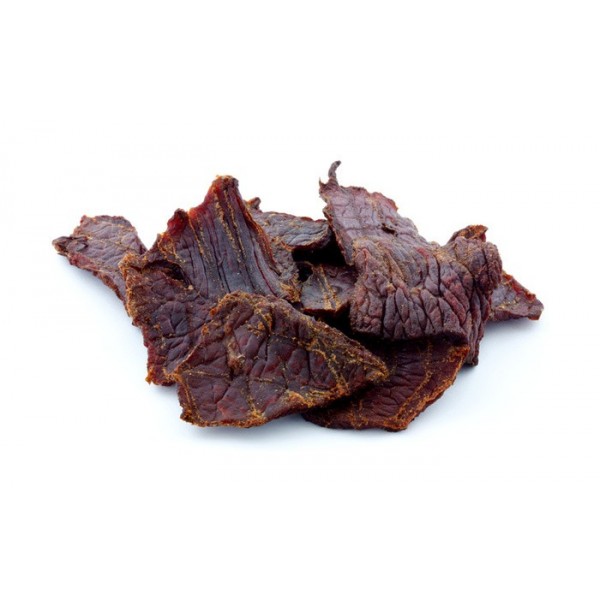
Photo by Severein via Wikimedia Commons
I hadn’t necessarily planned on starting with something so advanced sounding, but I had two freezer-burnt steaks staring at me with a reproving glare. I didn’t blame them. I hadn’t wrapped them properly, and now they were inedible. Normally, I am quite carnivorous, but I had my dinner menus all planned that day I bought them, and into the freezer they went for another time, and then I put several loaves of homemade bread over top of them and kind of forgot they were there, and … well, you get the point. It was a crime, but it is what it is, and I knew how to redeem myself.
Thanks to the existence of my food dehydrator, yes ma’am.
I patted my steaks in a reassuring fashion, and got to marinating. Here’s what I used:
Jerky Marinade (for two steaks):
several dashes of Worcestershire sauce
a couple shakes of tomato sauce or organic ketchup
2 t minced garlic
2 t brown sugar
2 t instant coffee granules
spices and herbs (whatever you have—I used salt and pepper, thyme, and tarragon)
I marinated my steaks for several hours in the refrigerator. Then I sliced them as thinly as could be, across the grain. Then I set my fan for 155 degrees and laid them all out on the trays. Your food dehydrator might be different, so follow the directions. In about 7 hours, I had the most delicious snack ever! I’m already soooo excited to try it again, this time with different seasonings. Honey maybe, or rosemary and garlic, how about a spicy one with chili flakes or a siracha marinade? Or a pork jerky that’s been taking a bath in apple cider? Yum. Don’t even get me started with turkey or salmon. Or actually, get me started! I’m all in with this stuff.
Next, since I was feeling so very confident and pleased with myself, I tackled some non-meat items. The best thing I think about drying fruits, veggies, and meats is how you can enjoy off-season foods all year round! I’ve even put dried fruit in my freezer so I can savor strawberries in the winter. My favorites so far? Well, I’m so glad you asked. Tune in next time, my little chickadees.
